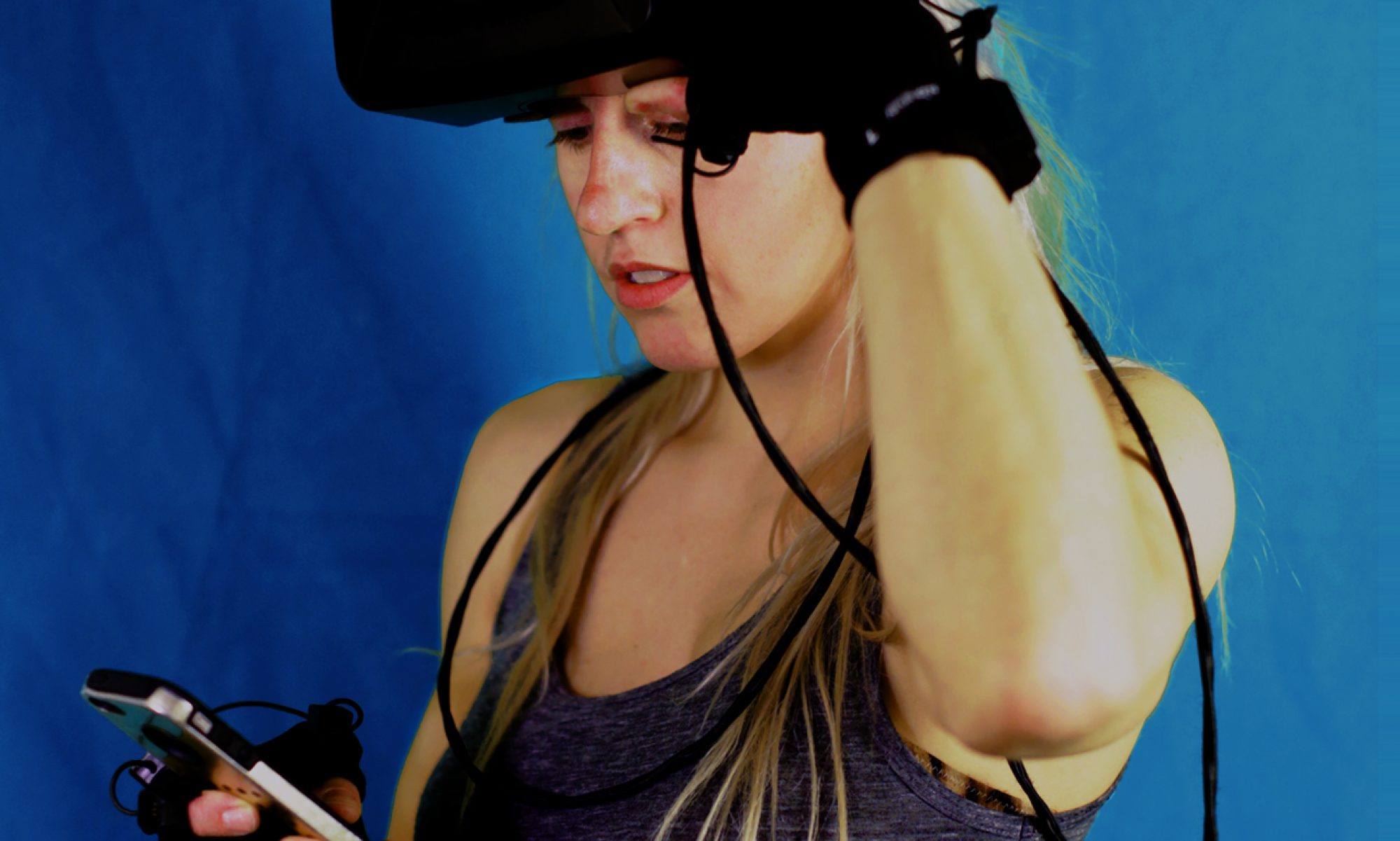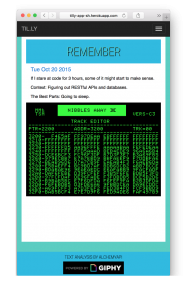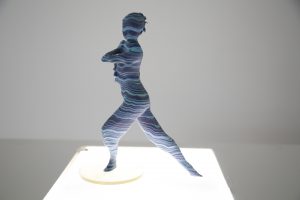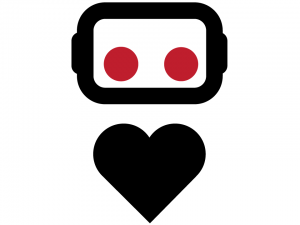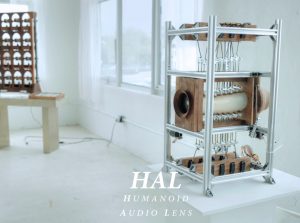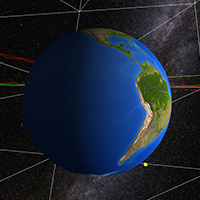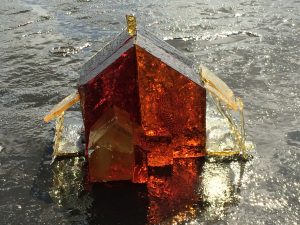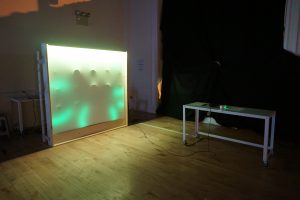Jaclyn Wickham
An investigation of the potential of virtual reality as a learning platform for students with Autism Spectrum Disorders.
https://itp.nyu.edu/thesis2016/project/jaclyn-wickham
Description
In collaboration with a team of Occupational Therapists, I am creating a series of 360 virtual reality (VR) experiences to provide students with ASD the opportunity to take virtual trips to community places (e.g. a grocery store, restaurant, subway station) to develop independent living skills. The VR experiences simulate a physical presence in real world settings, allowing students to practice activities of daily living and real-life social interactions within a safe, controllable environment.
The initial prototype is a virtual trip to a grocery store, which targets skills that are commonly included on students’ Individualized Education Plans (IEPs), such as finding items on a grocery list, using signs around the store to locate items, understanding aisle categorization, asking an employee for help, interacting with the cashier, and paying.
The goal was to design and develop a prototype for a low cost VR experience, which simply requires access to a mobile phone and Google Cardboard. The platform could potentially be usable during 1:1 occupational therapy sessions as a supplement to traditional Community-Based Instruction, providing students with the opportunity to repeatedly practice targeted skills in a realistic environment without real-world consequences, prior to going out into the community.
Classes
Thesis
